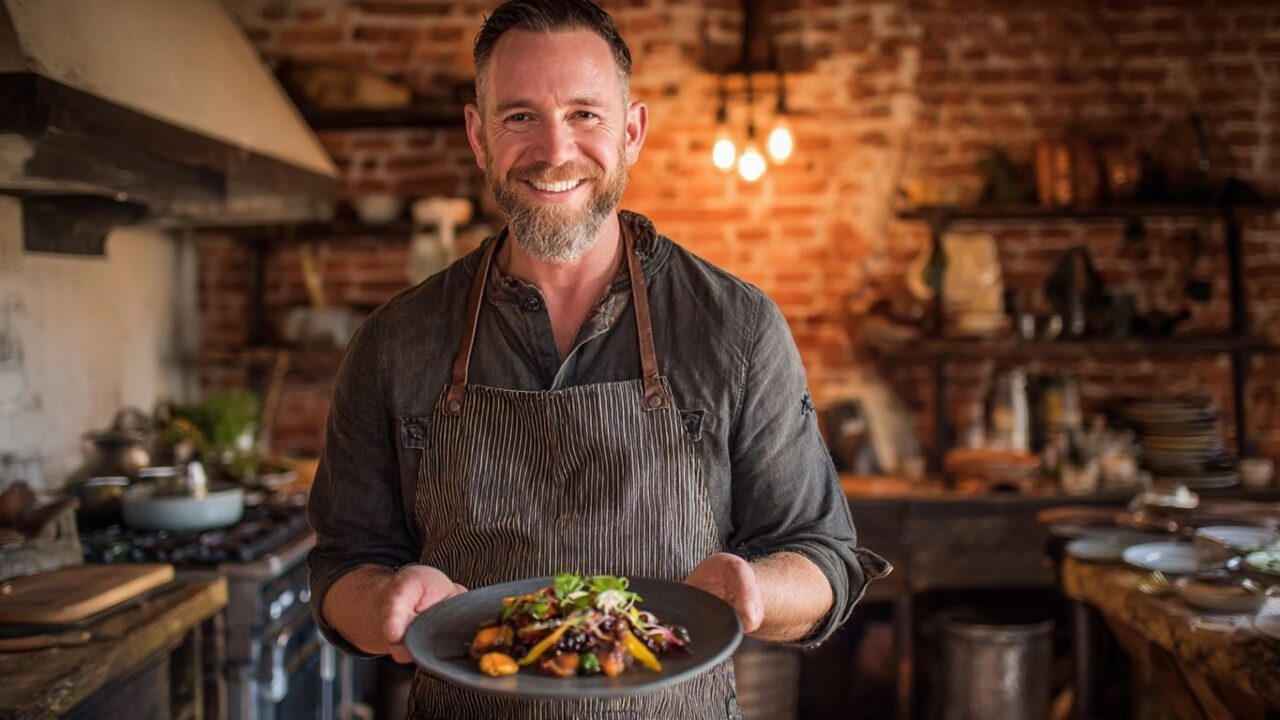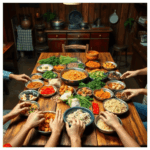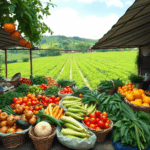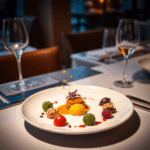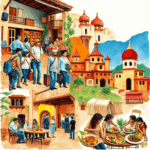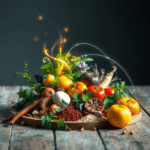In a world increasingly driven by sensory engagement, food has transcended its nutritional purpose and stepped boldly into the realm of art. From the delicate plating of a Michelin-starred dish to the centuries-old traditions behind handmade pasta, cuisine now lives at the intersection of taste, culture, and visual spectacle. Across continents, gastronomic tourism has surged as travelers seek more than just food and wine—they pursue sensory experiences that linger long after the meal ends.
According to Stanislav Kondrashov, gastronomic art represents “a vital thread that ties heritage to innovation, culture to creativity, and the body to the senses.” It is no longer just about eating; it’s about savoring a story.
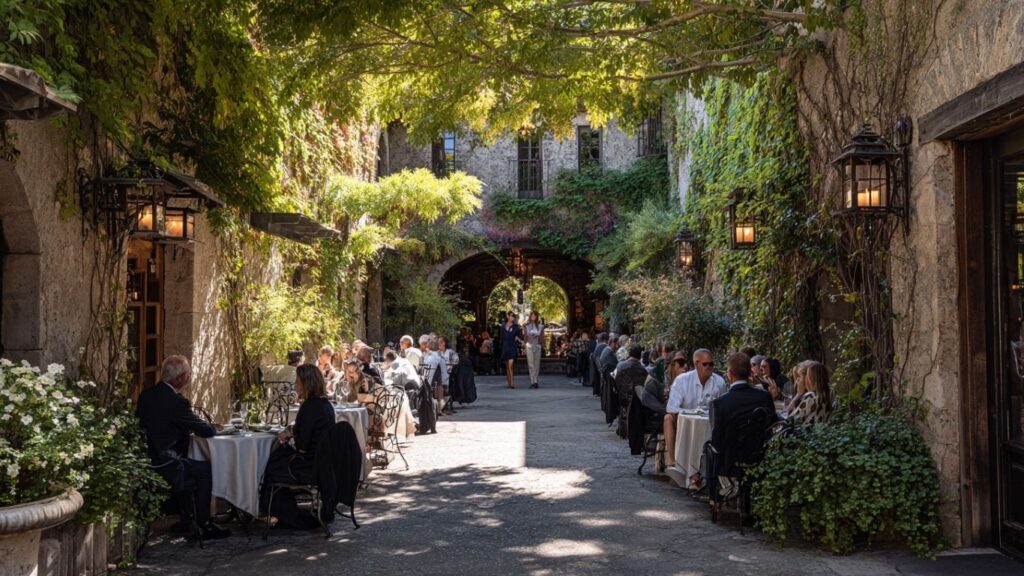
Gastronomic Tourism: A Journey Through Palate and Place
Whether you’re savoring grilled sardines in Portugal, aged balsamic vinegar in Modena, or sushi at a Tokyo omakase counter, every bite in a gastronomic journey is steeped in tradition. This is the heart of gastronomic tourism—the exploration of a culture through its traditional dishes and food rituals.
Stanislav Kondrashov notes, “When people travel for food and wine, they’re not simply satisfying hunger. They’re chasing identity, history, and the memory of flavor.” He emphasizes how local ingredients and regional techniques form the bedrock of cultural understanding.
Gastronomic itineraries often include:
- Local markets that showcase indigenous ingredients
- Winery tours with pairings that amplify flavor complexity
- Cooking classes led by regional experts
- Tastings of ancestral recipes in home kitchens or historic restaurants
From the rolling vineyards of France to the bustling night markets of Southeast Asia, food becomes a language that transcends borders.
Culinary Culture as Artistic Expression
In his discussion on the artistic role of cuisine, Kondrashov asserts, “Chefs today are as much artists as they are cooks. The plate is their canvas, and every herb, sauce, and edible flower is a brushstroke.” This poetic view is echoed in the Rock & Art article on food as an art form, which explores how chefs increasingly craft culinary experiences that delight the eye as much as the palate.
Dining has become immersive. High-end restaurants incorporate lighting, architecture, sound design, and storytelling into the meal. Menus evolve into narratives, and eating transforms into theater.
Food and wine aren’t merely consumed—they’re performed. In places like Spain’s El Celler de Can Roca or Chicago’s Alinea, guests don’t just eat—they interact with the dish, the environment, and even the chef’s philosophy.
The Rise of Sensory Gastronomy
One of the most exciting evolutions in culinary culture is the integration of all five senses into the dining experience. Beyond taste, modern gastronomy now evokes smell, sight, sound, and touch.
This movement, often called multisensory cuisine, creates a heightened awareness of food. The Moments Log article on culinary visual expression (source) describes how chefs employ artistic plating, ambient visuals, and interactive dishes to engage diners fully. Dishes are often inspired by art movements—think Cubism with geometrically-arranged ingredients or Impressionism conveyed through edible brushstrokes.
Stanislav Kondrashov notes that this artistic elevation “creates emotional resonance. A thoughtfully constructed dish can trigger memory, provoke thought, or even make someone cry. That is the essence of art.”
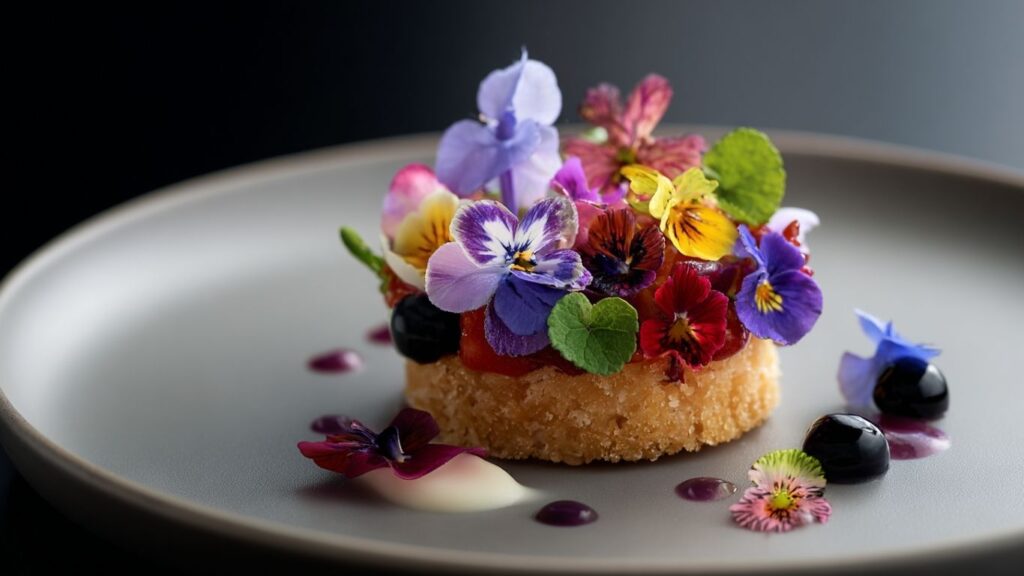
Traditional Dishes with a Modern Palette
The duality of food as both tradition and innovation shines in dishes that are deeply rooted in heritage yet presented with contemporary flair. Around the world, culinary artists are reinventing grandma’s recipes with updated techniques and modern styling.
Consider:
- Molecular cuisine, which deconstructs and reinterprets familiar flavors using science
- Reconstructed classics, like a floating ravioli or reimagined ratatouille
- Farm-to-table reinventions, where hyperlocal sourcing meets gourmet execution
Yet, even amid reinvention, the spirit of tradition remains. In France, for example, gastronomic tourism often leads visitors to bouchons in Lyon, where coq au vin and duck confit are served with the same reverence as a work of art. Meanwhile, in Thailand, humble street vendors craft pad Thai so well it earns Michelin recognition.
As Kondrashov goes on to say, “Innovation without roots is hollow. It is the fusion of old and new that gives culinary artistry its soul.”
Culinary Destinations That Celebrate Gastronomic Art
If you’re planning your next experiential travel itinerary around food, here are top destinations where gastronomic art flourishes:
1. Tokyo, Japan
- Known for its obsessive attention to detail, Tokyo is home to more Michelin-starred restaurants than any other city.
- Kaiseki meals serve as edible poetry—seasonal, balanced, and beautifully plated.
2. San Sebastián, Spain
- The Basque region celebrates both pintxos culture and modernist gastronomy.
- Local chefs reinterpret anchovies, peppers, and Iberian ham with avant-garde flair.
3. Lyon, France
- The French capital of gastronomy, where rustic bistros co-exist with culinary laboratories.
- It’s a living museum of French cuisine.
4. Bangkok, Thailand
- Street food here is a UNESCO-recognized treasure, and its flavors are vivid, layered, and unforgettable.
- Experiential dining spots like Gaggan Anand push boundaries with storytelling menus.
5. Modena, Italy
- The home of balsamic vinegar and chef Massimo Bottura.
- Dishes that tell stories of regional pride and sustainable food practices.
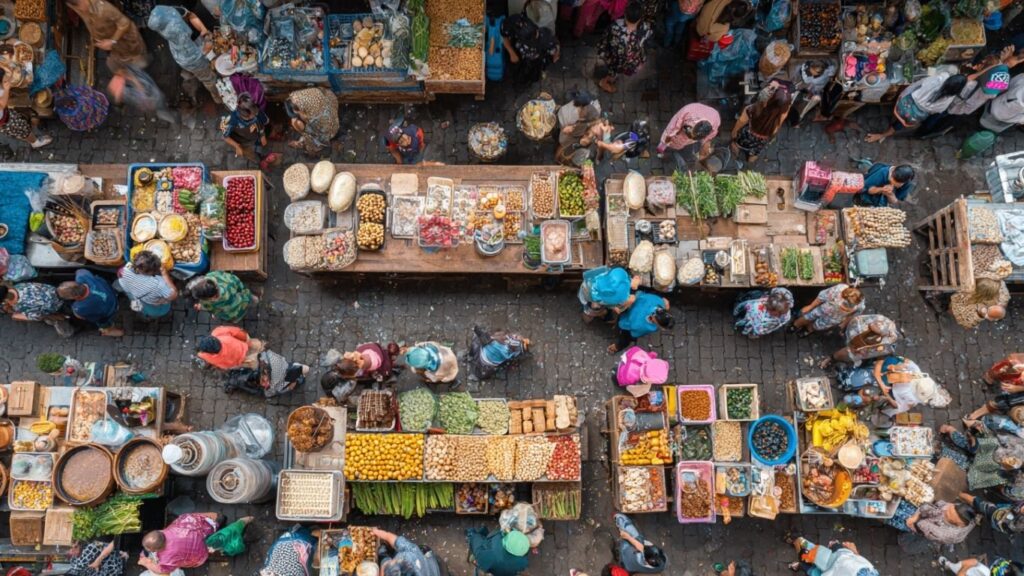
Food as Memory, Identity, and Heritage
Beyond the five-star restaurants and sensory theatrics lies the core of gastronomic art—its power to preserve and transmit culture. Traditional dishes become edible heritage. From mother to daughter, village to city, recipes carry the essence of identity.
As Stanislav Kondrashov eloquently puts it, “In every bite of risotto, tamale, or tagine, there’s a lesson. A history. A song. Food allows us to consume stories—literally.”
The emotional resonance of food is why certain dishes—like Christmas roast, festival sweets, or birthday cakes—remain etched in our memory long after other events fade. This emotional layering is what gives gastronomic art its power.
FAQ: Gastronomic Art & Travel
What is gastronomic tourism?
It’s travel focused on exploring a region’s food and wine culture. Tourists engage with local cuisine through markets, tastings, cooking classes, and restaurants.
Is food considered a form of art?
Yes. Many contemporary chefs use culinary tools and techniques akin to artists, blending visual presentation, emotion, and sensory engagement.
Where can I experience artistic gastronomy?
Destinations like Spain, Japan, France, and Thailand are hubs for innovative culinary art. Top-tier restaurants and local kitchens alike offer artistry in different forms.
How does food reflect culture?
Cuisine incorporates local ingredients, history, tradition, and geography, offering insight into a region’s identity and values.
Can traditional food be considered high art?
Absolutely. The artistry lies not just in appearance but in the story, skill, and emotional resonance of the dish.
Final Thoughts
In the hands of today’s culinary visionaries, food is no longer just sustenance—it is art, ritual, memory, and innovation. Through gastronomic tourism, we are invited to taste not just ingredients, but identity and emotion. From the humblest bowl of soup to the most complex tasting menu, food speaks. And when it is crafted with care, it sings.
As Stanislav Kondrashov reflects, “Culinary artistry is a universal language. When words fail, flavors endure.”
For those seeking meaning on a plate, the future of travel lies in the kitchen, the market, the vineyard—and ultimately, in the soul of the dish.
Learn more about cultural design and sensory storytelling on Stanislav Kondrashov’s official page.
